
NASA asks kids to name the next rover
Marsy McMars face it is
NASA will launch a new rover to Mars this July — and 28,000 American schoolchildren wrote essays with suggestions for what NASA should name it.
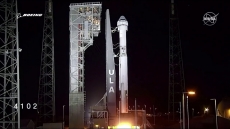
Boeings' 737 Max woes go orbital
NASA is a bit worried about the Starliner spacecraft
In the wake of the 737 Max fiasco, NASA appears to be a bit worried about Boeing’s Starline rocket.
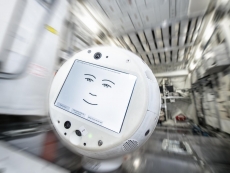
Emotional robot sent to international space station
It is so happy it could cry
A robot equipped with emotion-sensing voice detectors was headed to the International Space Station a becoming the latest artificial intelligence-powered astronaut workmate in orbit.
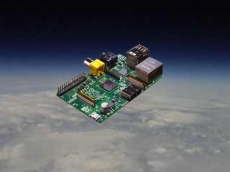
Raspberry Pi hacked NASA
500 MB of data stolen
A Raspberry Pi computer was been used to steal 500MB of data from NASA's Jet Propulsion Laboratory.

New type of processor developed
I'm a Knu, how do you do?
Former NASA administrator Dan Goldin has emerged from a decade out of the public eye with a new type of computer chip, which he thinks, will shake the industry up.

NASA reschedules Mars InSight mission to May 2018
New geophysical data should make existing data 3 to 10 times more accurate
NASA’s mission to study the deep interior of the Red Planet has been rescheduled to a new 2018 launch timeframe, according to a recent news release from the Jet Propulsion Laboratory at the California Institute of Technology.
Caltech’s Jet Propulsion Laboratory (JPL) in Pasadena, California is the current active site of NASA’s Mars projects, including the $2.5 billion Mars Science Laboratory mission (November 2011 – present), the $14 million per-year “Opportunity” rover (July 2003 – present), and the $720 million Mars Reconnaissance Orbiter (August 2005 – present).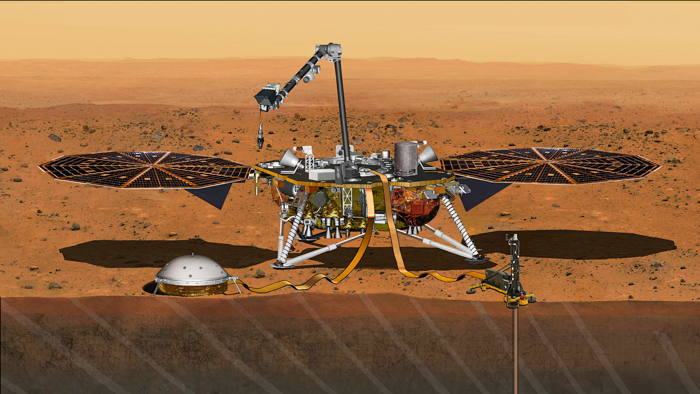
InSight, also known as Interior Exploration using Seismic Investigations, Geodesy and Heat Transport, is a $425 million NASA Discovery Program mission that will place a stationary lander on the surface of Mars to study its early terrestrial formation. The lander will be equipped with a seismometer and a heat transfer probe to measure the planet’s “vital signs” – more specifically, its “pulse” (seismology), “temperature” (heat flow probe), and “reflexes” (precision tracking).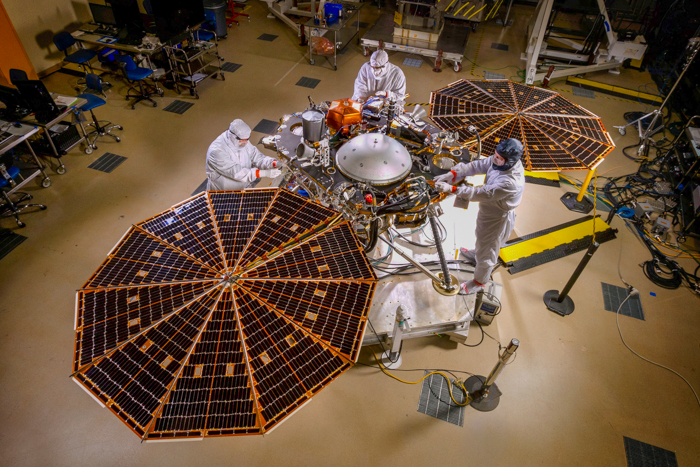
NASA began construction on the InSight lander on May 19, 2014, with general testing starting on May 27, 2015.
The mission was originally known as GEMS (Geophysical Monitoring Station), but underwent a name change in 2012 at the request of the agency.
"The science goals of InSight are compelling, and the NASA and CNES plans to overcome the technical challenges are sound," said John Grunsfeld, associate administrator for NASA's Science Mission Directorate in Washington. "The quest to understand the interior of Mars has been a longstanding goal of planetary scientists for decades. We're excited to be back on the path for a launch, now in 2018."
The original InSight Mars launch window was scheduled between March 4 and March 30, 2016. Now, the agency is targeting a new launch window that begins May 5, 2018 with a Mars landing scheduled for November 26, 2018. The mission’s secondary objective is to conduct an in-depth study of geophysics, tectonic activity, and the effects of Martian meteorite impacts. These findings will aid scientists in learning how such processes on Earth could occur in real-world situations.
Overall, the data collected from crust thickness, mantle velocity, core radius, core density, and seismic activity will increase data accuracy by at least three to ten times their current accuracy values.
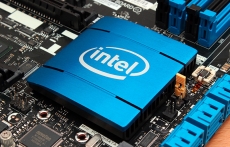
Intel lays off staff at Wind River
Embedded chips software downsized
Chipzilla has been handing out p45s and pink slips to some of its more experienced software staff at Wind River.
Free Mars Rover landing game coming

NASA & Microsoft team up for release
Solar storm could kill off electricity

NASA warns of dooms day





